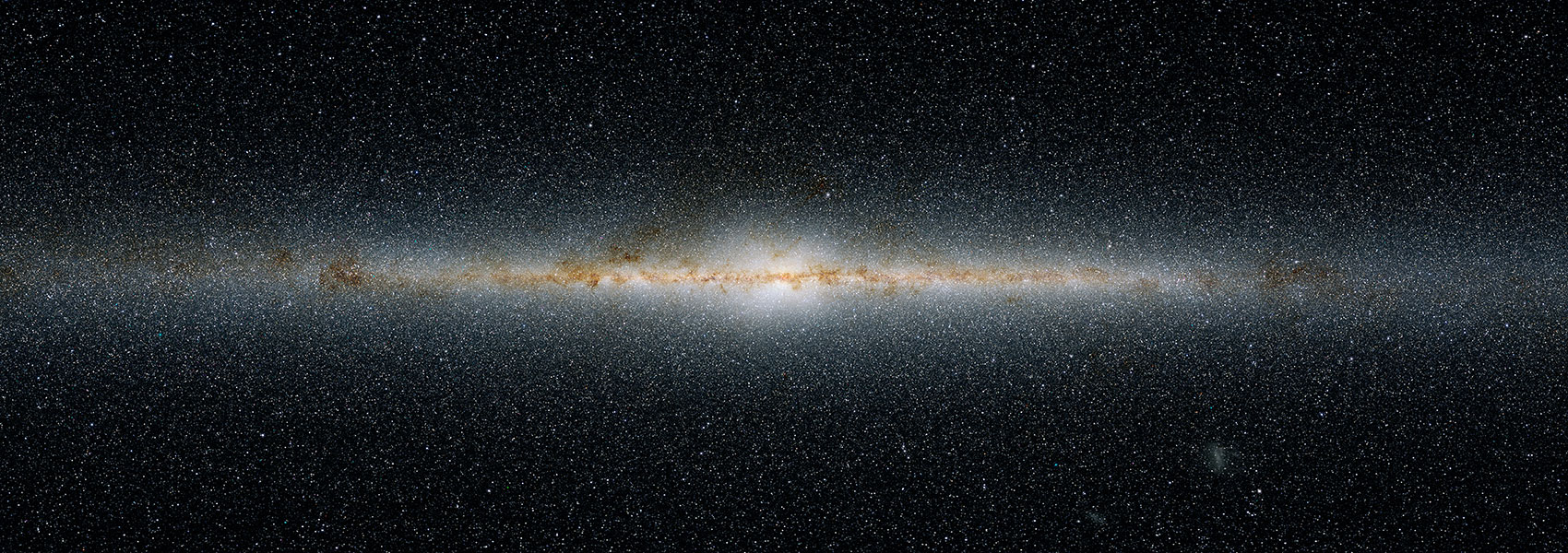September
2020
•
2020AJ....160..113B
Authors
•
Badenas-Agusti, Mariona
•
Günther, Maximilian N.
•
Daylan, Tansu
•
Mikal-Evans, Thomas
•
Vanderburg, Andrew
•
Huang, Chelsea X.
•
Matthews, Elisabeth
•
Rackham, Benjamin V.
•
Bieryla, Allyson
•
Stassun, Keivan G.
•
Kane, Stephen R.
•
Shporer, Avi
•
Fulton, Benjamin J.
•
Hill, Michelle L.
•
Nowak, Grzegorz
•
Ribas, Ignasi
•
Pallé, Enric
•
Jenkins, Jon M.
•
Latham, David W.
•
Seager, Sara
•
Ricker, George R.
•
Vanderspek, Roland K.
•
Winn, Joshua N.
•
Abril-Pla, Oriol
•
Collins, Karen A.
•
Serra, Pere Guerra
•
Niraula, Prajwal
•
Rustamkulov, Zafar
•
Barclay, Thomas
•
Crossfield, Ian J. M.
•
Howell, Steve B.
•
Ciardi, David R.
•
Gonzales, Erica J.
•
Schlieder, Joshua E.
•
Caldwell, Douglas A.
•
Fausnaugh, Michael
•
McDermott, Scott
•
Paegert, Martin
•
Pepper, Joshua
•
Rose, Mark E.
•
Twicken, Joseph D.
Abstract
•
We present the discovery of three sub-Neptune-sized planets transiting the nearby and bright Sun-like star HD 191939 (TIC 269701147, TOI 1339), a Ks = 7.18 mag G8 V dwarf at a distance of only 54 pc. We validate the planetary nature of the transit signals by combining 5 months of data from the Transiting Exoplanet Survey Satellite with follow-up ground-based photometry, archival optical images, radial velocities, and high angular resolution observations. The three sub-Neptunes have similar radii ( ${R}_{{\rm{b}}}={3.42}_{-0.11}^{+0.11}$ , ${R}_{{\rm{c}}}={3.23}_{-0.11}^{+0.11}$ , and ${R}_{{\rm{d}}}={3.16}_{-0.11}^{+0.11}\,{R}_{\oplus }$ ), and their orbits are consistent with a stable, circular, and coplanar architecture near mean-motion resonances of 1:3 and 3:4 (Pb = 8.88, Pc = 28.58, and Pd = 38.35 days). The HD 191939 system is an excellent candidate for precise mass determinations of the planets with high-resolution spectroscopy due to the host star's brightness and low chromospheric activity. Moreover, the system's compact and near-resonant nature can provide an independent way to measure planetary masses via transit timing variations while also enabling dynamical and evolutionary studies. Finally, as a promising target for multiwavelength transmission spectroscopy of all three planets' atmospheres, HD 191939 can offer valuable insight into multiple sub-Neptunes born from a protoplanetary disk that may have resembled that of the early Sun.
Links





